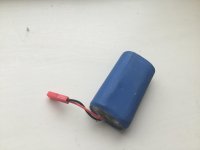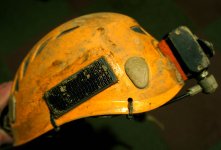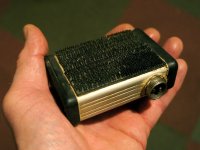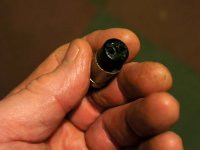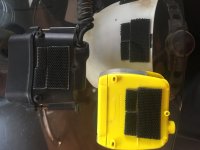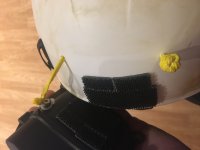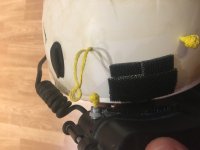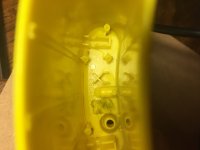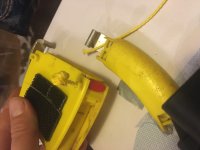AlexR
Active member
tl;dr: Does anyone know if the Scurion cable connectorhttps://www.scurion.ch/jm19/en/lamp...23-accessories/125-extension-cable-4-pin.html can be bought in the UK without getting it from Rolf with ?20 postage cost?
I had the misfortune of killing my Scurion basic battery case on the last digging trip, and am now contemplating what to do about it. I've never really liked the 4 cell dive module (for my purpose), if one of the 18650s in there kicks it it's a pain to replace, so wiring the plastic case to connect speleo or homemade cells has always been on the cards.
The plastic replacement case is ?50, the Speleo aluminium one ?150 plus ?20 postage. Ouch. Never been a big fan of the heavy box with 4 cells, and I'm now contemplating making 2 cell packs to bungee cord to the back of my helmet. Problem is, I'd need connectors, ideally waterproof.
If I cannot source one compatible with the original Scurion connectors, the other alternative is to change the connector system (i.e. take the old ones off). Custom duo sells one for ?4, other than that google hasn't spat out anything too useful. Maybe because I'm looking for the wrong thing, but the available connectors are all huge (~15mm) where the original Scurion one is 9mm.
Has anyone fettled around with this?
PS: I should say that the case has had a hard life in the last 7 years, so in the long term investing in a Scurion pays off. Doesn't change the fact that I can't currently afford to blow ?150 or so on a battery case.
I had the misfortune of killing my Scurion basic battery case on the last digging trip, and am now contemplating what to do about it. I've never really liked the 4 cell dive module (for my purpose), if one of the 18650s in there kicks it it's a pain to replace, so wiring the plastic case to connect speleo or homemade cells has always been on the cards.
The plastic replacement case is ?50, the Speleo aluminium one ?150 plus ?20 postage. Ouch. Never been a big fan of the heavy box with 4 cells, and I'm now contemplating making 2 cell packs to bungee cord to the back of my helmet. Problem is, I'd need connectors, ideally waterproof.
If I cannot source one compatible with the original Scurion connectors, the other alternative is to change the connector system (i.e. take the old ones off). Custom duo sells one for ?4, other than that google hasn't spat out anything too useful. Maybe because I'm looking for the wrong thing, but the available connectors are all huge (~15mm) where the original Scurion one is 9mm.
Has anyone fettled around with this?
PS: I should say that the case has had a hard life in the last 7 years, so in the long term investing in a Scurion pays off. Doesn't change the fact that I can't currently afford to blow ?150 or so on a battery case.



